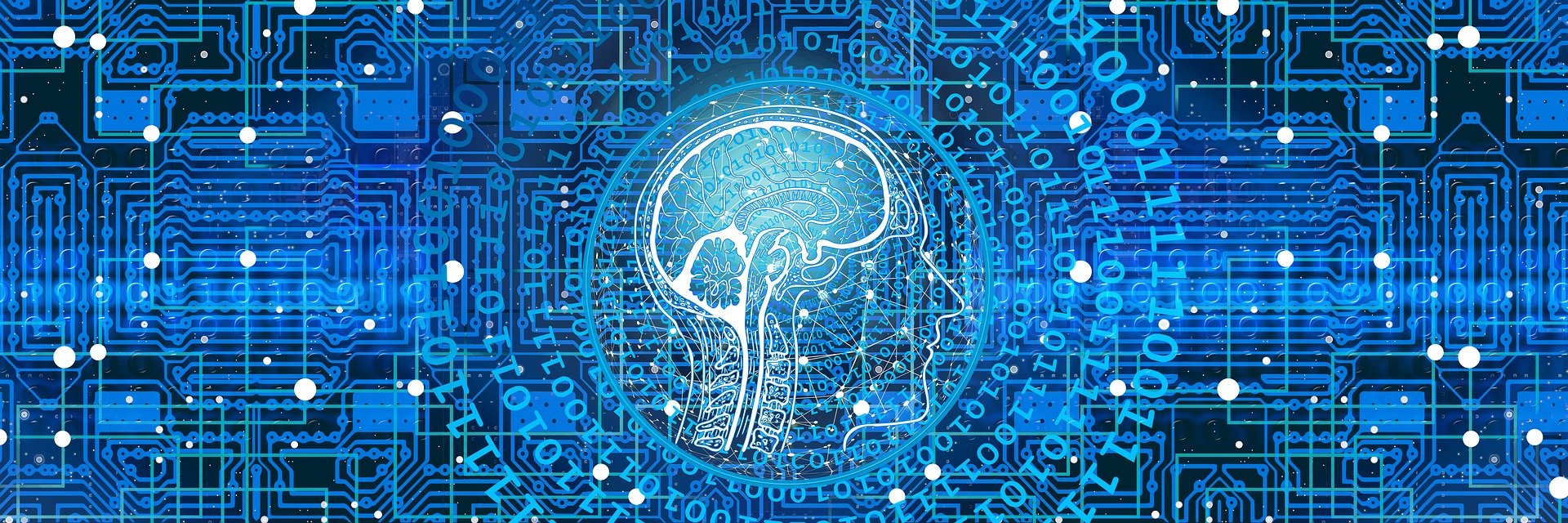
This post will explain how juggling can actually help in sports performance. Learning to juggle increases brain function in areas related to motion detection, among others.
We’ll get to juggling in a moment. First we need to understand the term Neuroplasticity.
What is Brain Neuroplasticity?
Neuroplasticity is something that our brain does every minute we are awake. Simply put, it is the ability for brain to change. Our brains change every day through what we see, what we hear, what we read and what we experience. The changes can be subtle, for example enjoying and remembering a good meal or a good restaurant. Or the changes can be more obvious and seen through scans of the brain (using an MRI – Magnetic Resonance Imaging system). These scans show actually show physical changes in the brain, in this case caused by athletic training and practice.
Brain Neuroplasticity and age
Tthere are times in our lives when Neuroplasticty is easier, and there are times when it is more difficult. With age it becomes more difficult to change the brain’s structure and function. There is a reason that kids go to school when they are young. Why it is easier to learn a language when you are young and it is easier to learn to play an instrument or become expert in a sport when you are younger as opposed to being older? Neuroplasticy or learning, becomes much easier through childhood and peaks in the last teen years/early 20’s. After that age it is as they say all down hill! It is still possible to learn new skills, but it takes longer and more effort to accomplish;ish the task the older you are.
Fortunately, Neurplasticity is at its peak (easiest to accomplish changes in the brain) at the same age that athletes are gaining expertise in their sport. Most athletes sort of coast on natural ability when they start playing in youth leagues. They are faster runners than others, being taller than others, being stronger than others. This advantage works until athletes get to a point in their sport where the less skilled kids have gone onto other activities and the group is mostly made up of similar physical level athletes. This usually occurs in the high school years but fortunately this is also the time when Neuroplasticity is at its peak. In other words, young athletes need to concentrate at this point on becoming “smarter”. They need to make better use of their physical abilities by playing smarter!
How does this all relate to juggling and Sports Performance?

In a 2004 research article published in the journal Nature, researchers looked at the brain MRI images of subjects who learned to juggle and compared it to a group who did not learn to juggle. They did 3 scans. The first at the beginning. Another when the subjects learned how to juggle and then 3 months later. Each group was matched as closely as possible. Matching reduces any bias in one group being potentially better than the other.

What they found was amazing – on the first scan, the brains of both groups were very similar with no significant difference between the two groups. After the first group learned to juggle the scans were repeated and the scientists found that the brains of the juggling group had changed. They noted that a specific part of the brain (the grey matter in the visual areas of the brain) became thicker and larger in the juggling group as compared to the non-juggling group. After three months these changes remained, but had started to shrink in amount.
So what have we learned?
- Our brains can and do adapt to change based on what we do (Neuroplasticity)
- Learning to juggle can increase the thickness of our brains in areas related to vision. Including the areas for processing of visually based motion information
- We know that the ability to ideally track moving targets is critical to make a correct motor action with our hands or feet and is critical to sports performance
- Learning to juggle may be a way to improve the processing of the motion we see with our eyes. This may lead to better sports performance
One final thought …
Juggling is much harder than it looks, I have tried a few times and still haven’t mastered it! Hopefully by sticking with it I will be able to juggle sometime …

We have a YouTube video on our Sports vision by Dr Laby channel that describes the role of juggling in sports.
Join our mailing list
Return to Main Page
